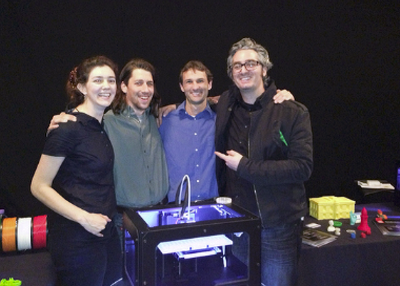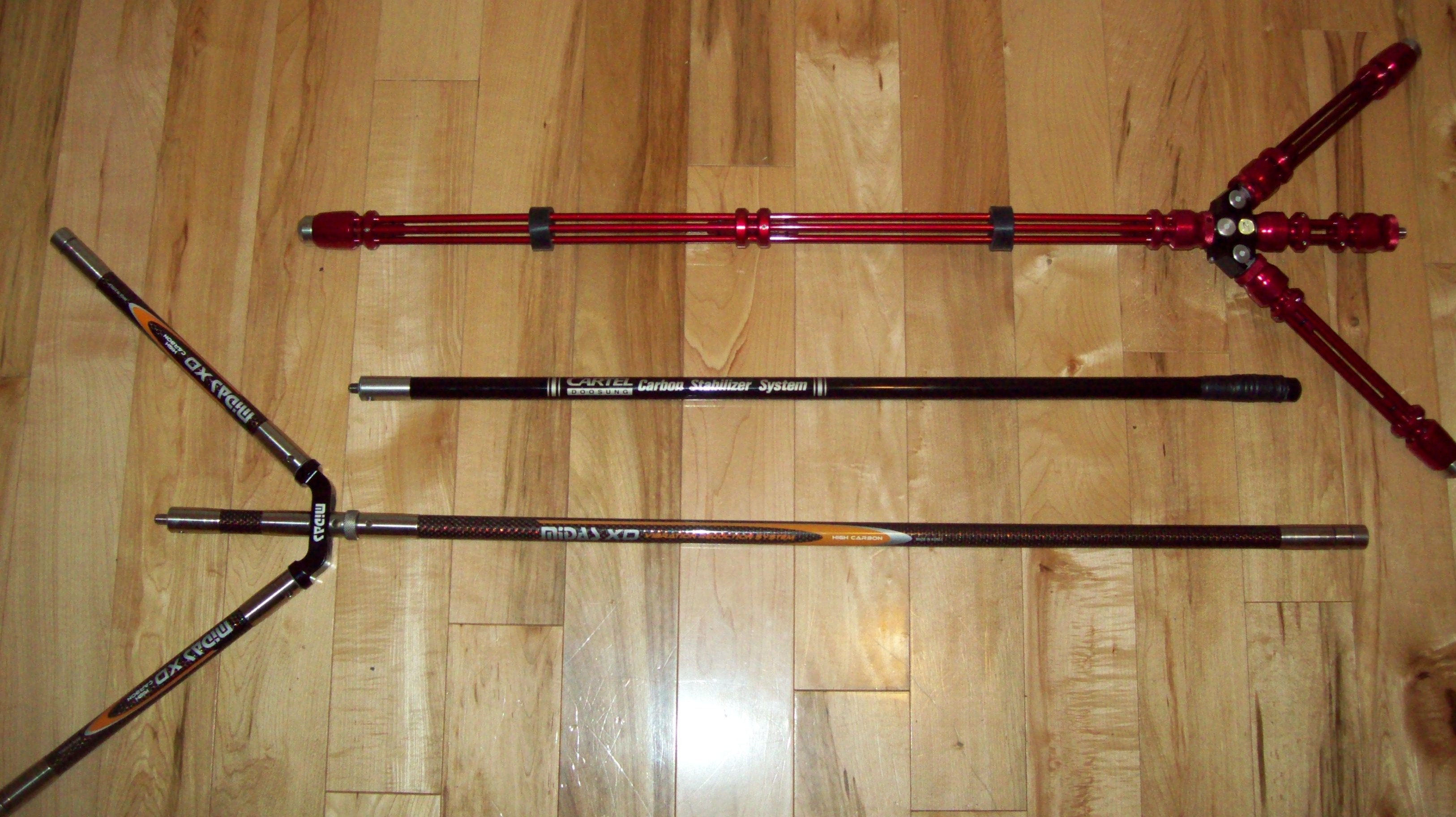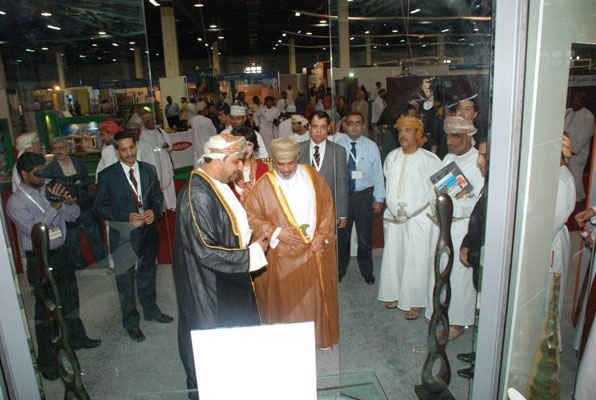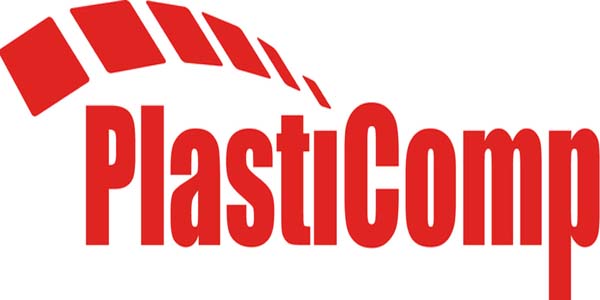
Medical devices aren’t the cause of fast-rising medical costs. That’s the message from the Advanced Medical Technology Association (AdvaMed), which released a study reporting that prices for medical technology over the last 21 years have grown at less than half the rate of overall prices in the economy and only one-fifth the rate of prices for other medical goods and services.
Over the past 21 years, device and diagnostic prices have increased at an average annual rate of 1%, compared to the CPI increase of 2.7%, the Medical Care CPI increase of 4.7% and the Medical Care Services CPI increase of 5%.
The research was conducted by Roland “Guy” King, former chief actuary at the Health Care Financing Administration (HCFA, now known as the Centers for Medicare & Medicaid Services) and Gerald Donahoe, a former U.S. Commerce Department economist and an expert on economic accounting, on behalf of AdvaMed.
“The findings underscore the tremendous value medical technology provides to patients and the overall health care system,” said Ann-Marie Lynch, AdvaMed’s executive vice president for payment and health care delivery policy. “Unlike other areas of health care, the prices of medical devices have been growing much more slowly not only as compared to the Medical Consumer Price Index (CPI) but also as compared to the CPI as a whole.”
In recent years, medical device prices have dropped under pressure from hospital purchasing organizations, which are combining forces to reduce costs. AdvaMed Board Chairman David Dvorak, president and CEO of Zimmer Holdings, said in a recent press conference that pricing for major orthopedics, such as knee and hip implants, has turned “negative” due to cost pressures from hospitals and insurers.
Medical device manufacturers increasingly are turning to greater use of plastics in designs that integrate functionality and reduce costs while improving performance.






